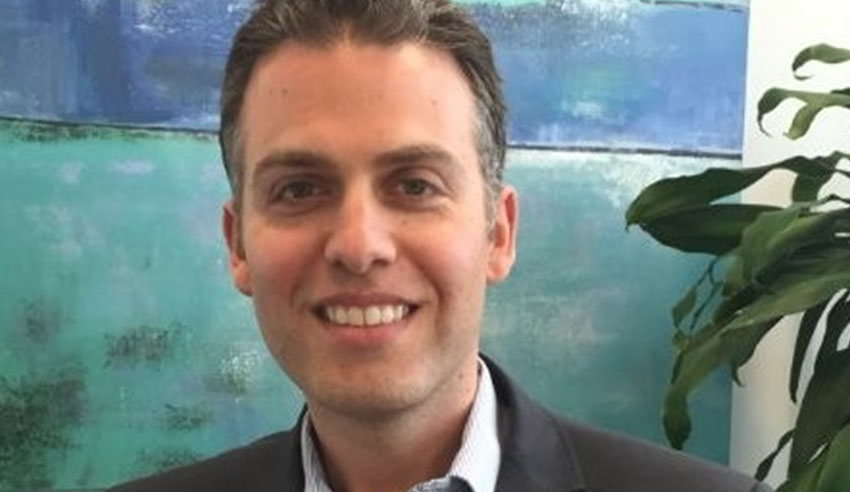A common challenge for boutique law firms is to focus on creating a successful practice in addition to being preoccupied with billable hours – or commonly known as working “on the business” as opposed to “in the business”, writes Anthony Hersch.

This universal SME obstacle requires the acquisition and application of an entirely different competency set, to include a range of soft skills such as conflict management, effective communication, problem-solving, teamwork and negotiating. These skills (or the lack thereof) directly shape culture, influence performance and contribute to growth.
The challenge is to curb, manage and negotiate negative surprise, while also recognising how to use positive surprise as a good negotiation tactic to generate advantageous outcomes.
According to a recent Harvard Business Review article, “When Surprise Is a Good Negotiation Tactic”, while surprise is fleeting, it is cognitively complex. When something unexpected happens, we freeze. A P300 brainwave mutes all other cognitive processes and forces us to focus on the discrepancy – all while in a state of intensified emotion (by circa 400 per cent, according to neuroscientist Wolfram Schultz).
Our brains then attempt to find an explanation. Once a conclusion is reached, we experience a cognitive and emotional shift, which also alters perspective (i.e. “I used to think X. Now I realise Y”). Then, to make sense of the surprise and reduce its cognitive burden, we share it.
Whether conscious or unconscious act, surprise is often executed as a negative tactic to disorient opponents and cause them to make poor decisions. Common culprits include changing workflow, deadlines, resources, reversing decisions or creating ultimatums. While often effective, using surprise negatively often has a short win as the longer term effect can quickly escalate to personal resentment, cultural toxicity and set precedent for damaging behaviour.
Conversely, astute negotiators can also use surprise in more positive ways and as a tool to spot opportunity: to signal collaboration, generate creativity, destabilise negative patterns and create sound cultures.
In particular, the following skills are effective in helping negotiators ward off negative surprise and harness the power of positive surprise as a tool to optimise organisational harmony and organisational advancement:
1. Q-step
When something unexpected happens, stay in the surprise and avoid the knee-jerk response of shifting to the conclusion state. Instead, suspend judgement and step into question-asking mode (“Q-stepping”).
Research by the Huthwaite Group found that expert negotiators ask twice as many questions as their average counterparts. They spend roughly 21.3 per cent of their communication making sure they’re asking the right questions and ask more questions when uncertainty increases.
Before, during, and even after the negotiation, get to a state of curiosity and make sure the first step you take is to ask at least one question. For instance, “I wonder what led them to that thought?” or “Can you walk me through your thinking?” to determine the real need at stake.
2. Say “yes, if”
The natural tendance is to shut down surprise as it threatens or derails our plans. To get a stakeholder onboard, “Yes, and” is seldom realistic, but “Yes, if” can create a win-win scenario. For example, “I need a 10 per cent raise;” “Yes, if you can cut costs by 10 per cent.” Or “I’d like to work from a different city;” “Yes, if you can secure a client in this city.”
This surprise skill pushes negotiators to generate more ideas and seek solutions amicably rather than battling between two fixed positions.
3. Engineer surprise
Handling surprise well can be used to spark co-operation and creativity. For example, “It’s been decided that….” versus “We need to make some changes, and I want this to go well for both of us. Can we agree we won’t settle until we are both happy?” This kind of positive, unexpected move can set the stage for greater satisfaction with the process and outcome.
4. Actively use trust triggers
The unexpected should always be expected in negotiation. The best negotiators know how to reduce its negative impact and amplify the positive. Surprises that trigger trust, problem-solving and more collaboration include offering more options, providing a compliment (or an apology), being vulnerable and publicly praising.
Conversely, public blaming, being sarcastic and reducing choices are unpleasant surprises that contribute to a culture of distrust, animosity, defensiveness, and deadlock.
Anthony Hersch is the chief operating officer of JustKapital.

Emma Musgrave (née Ryan) is the managing editor, professional services at Momentum Media.
Emma has worked for Momentum Media since 2015, including five years spent as the editor of the company's legal brand - Lawyers Weekly. Throughout her time at Momentum, she has been responsible for breaking some of the biggest stories in corporate Australia. In addition, she has produced exclusive multimedia and event content related to the company's respective brands and audiences.
Prior to joining Momentum Media, Emma worked in breakfast radio, delivering news to the Central West region of NSW, before taking on a radio journalist role at Southern Cross Austereo, based in Townsville, North Queensland.
She holds a Bachelor of Communications (Journalism) degree from Charles Sturt University.
Email Emma on: